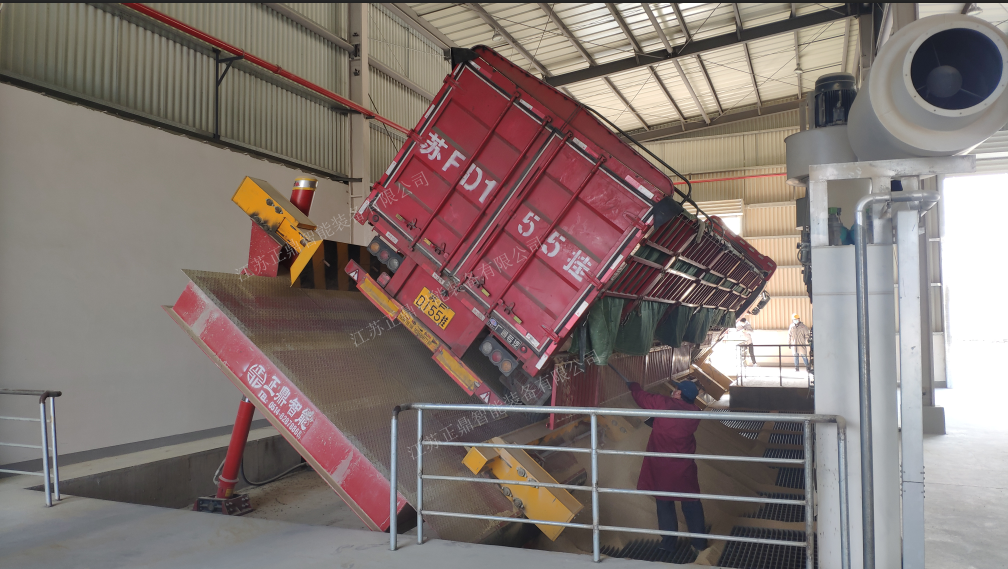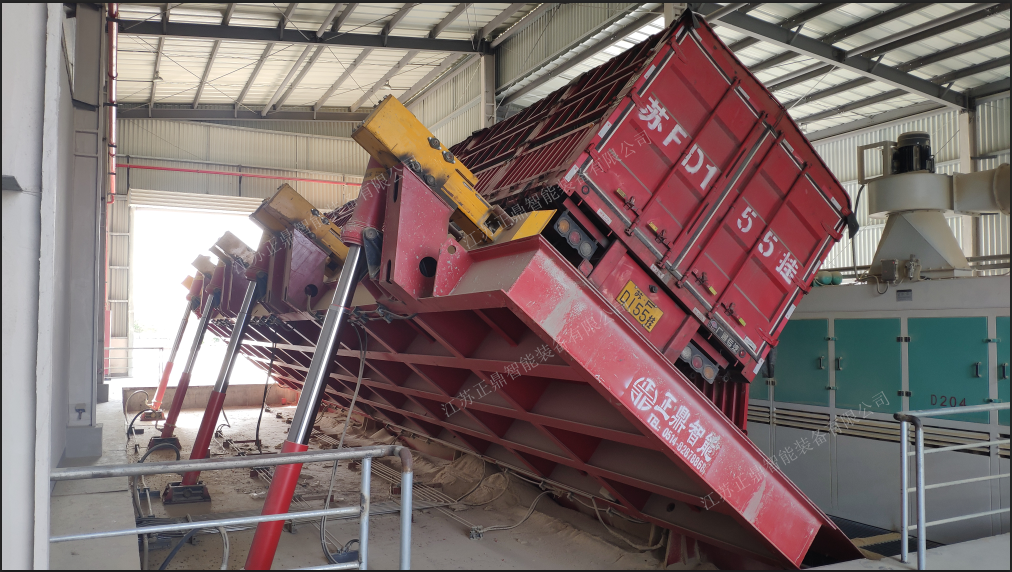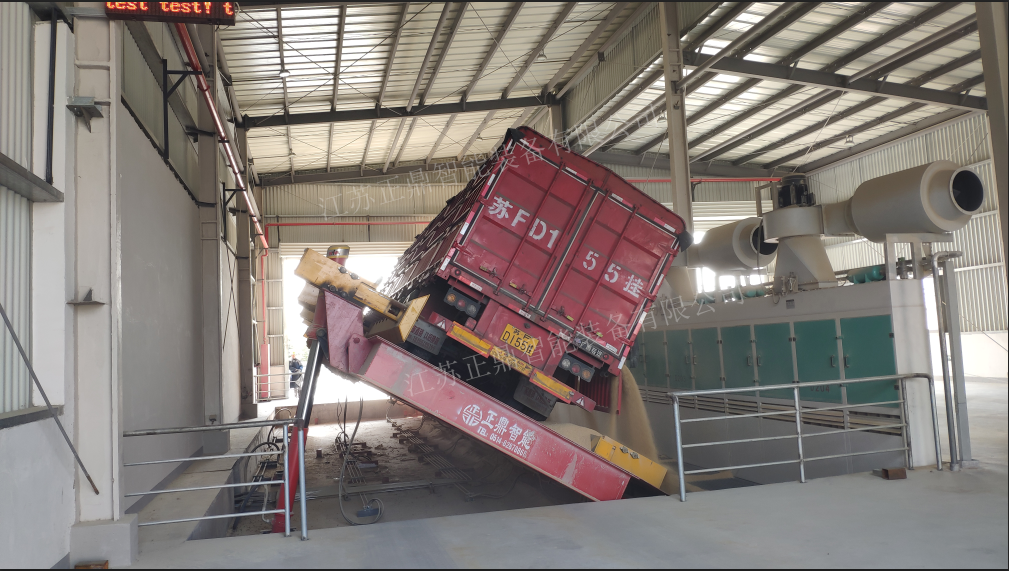unloading loose loaded containers
Unloading loose loaded containers is a critical operation in modern logistics and supply chain management that involves the systematic removal of non-palletized or bulk cargo from shipping containers. This process requires specialized equipment and techniques to ensure efficient, safe, and damage-free handling of goods. The operation typically employs advanced material handling systems, including conveyor belts, vacuum systems, or manual labor depending on the cargo type. Modern unloading systems often incorporate automated components that can significantly reduce unloading time while maintaining cargo integrity. These systems can handle various types of loose cargo, from granular materials to individual boxes and irregular items. The technology behind container unloading has evolved to include sensors and monitoring systems that help prevent cargo damage and ensure worker safety. Additionally, many facilities now utilize computer-controlled systems that can adapt to different container sizes and cargo types, optimizing the unloading process for maximum efficiency. The applications span across multiple industries, including retail distribution centers, manufacturing facilities, ports, and warehouses, where the need to quickly and safely unload loose cargo is paramount to maintaining operational efficiency.


